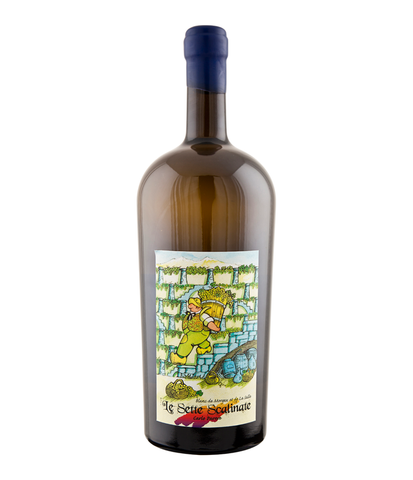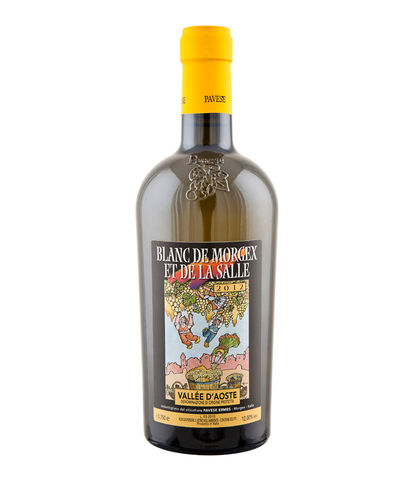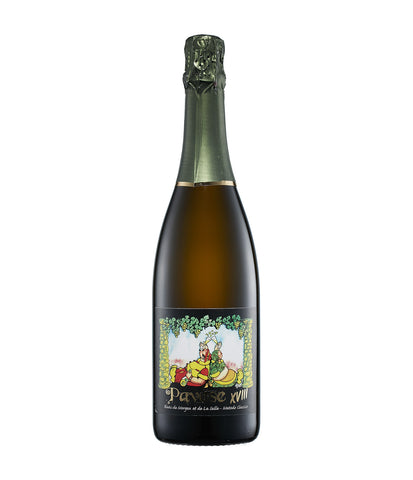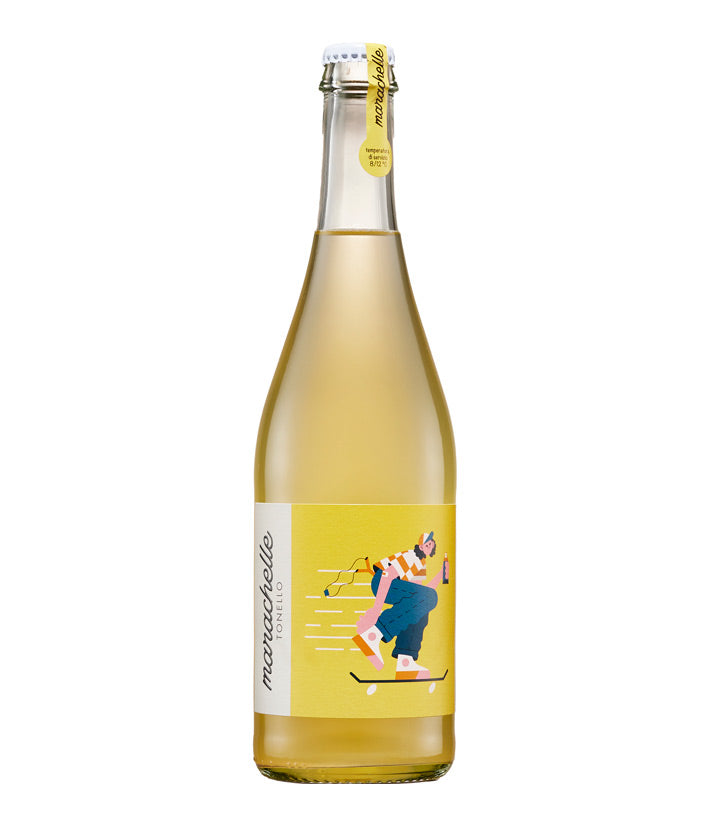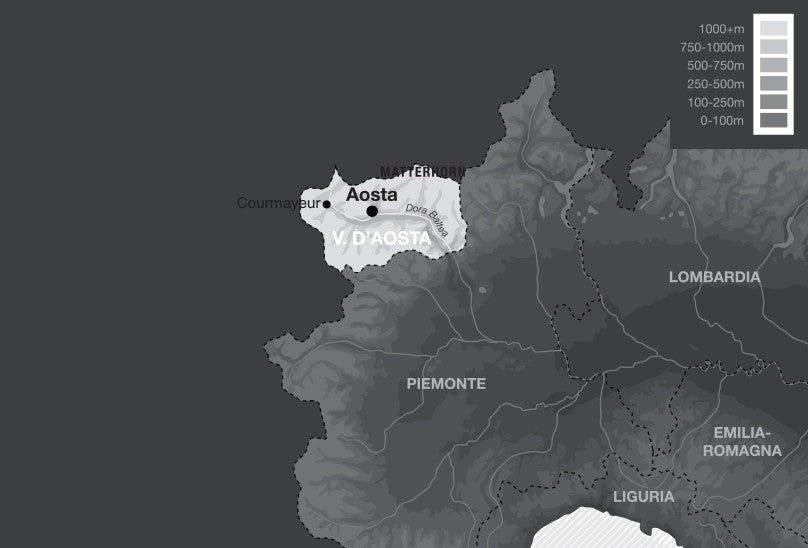
Valle d'Aosta
Modern borders throughout Europe, excepting their political implications, are really nothing more than neat lines on a map – they are as porous to culture as if they were non-existent. And Italy is no exception; in fact, it might even be the rule. The unification of Italy a century and a half ago and Mussolini’s concerted, sometimes brutal, efforts at ‘Italianisation’ have done little to reshape the identity of Italy’s coldest region. Valle d’Aosta is a tiny alpine area that shares as much of its border with France and Switzerland as it does Italy – or specifically – and the culture, food and wine reflect this.Italian and French are spoken, as is the local dialect that owes much more to France than it does Italy. The Alpine location naturally shapes the food and wine, with butter replacing olive oil, and cheese playing a big role, notably Fontina and yes, fondue (fonduta), as with their northern neighbours, is a staple. This is both red and white ...READ MORE
Valle d'Aosta
Modern borders throughout Europe, excepting their political implications, are really nothing more than neat lines on a map – they are as porous to culture as if they were non-existent. And Italy is no exception; in fact, it might even be the rule. The unification of Italy a century and a half ago and Mussolini’s concerted, sometimes brutal, efforts at ‘Italianisation’ have done little to reshape the identity of Italy’s coldest region. Valle d’Aosta is a tiny alpine area that shares as much of its border with France and Switzerland as it does Italy – or specifically – and the culture, food and wine reflect this.Italian and French are spoken, as is the local dialect that owes much more to France than it does Italy. The Alpine location naturally shapes the food and wine, with butter replacing olive oil, and cheese playing a big role, notably Fontina and yes, fondue (fonduta), as with their northern neighbours, is a staple. This is both red and white country, with piercing bright whites and characterful reds being produced by the tiny band of producers that make the smallest contribution to Italy’s wine output – and by some big margin. Surprisingly, given the cool elevated climate, red wines are the major player up here, with light-bodied but brightly fruited examples produced from both indigenous and French varieties.
Principal denominations: Valle d’Aosta/Vallée d’Aoste DOC/P (only denomination for the region)
Important white varieties: Prié Blanc, Petite Arvine
Important red varieties: Petit Rouge, Pinot Nero (Noir), Fumin, Cornalin
COLLAPSE TEXT
- Page 1 of 1
-
- Page 1 of 1
-
